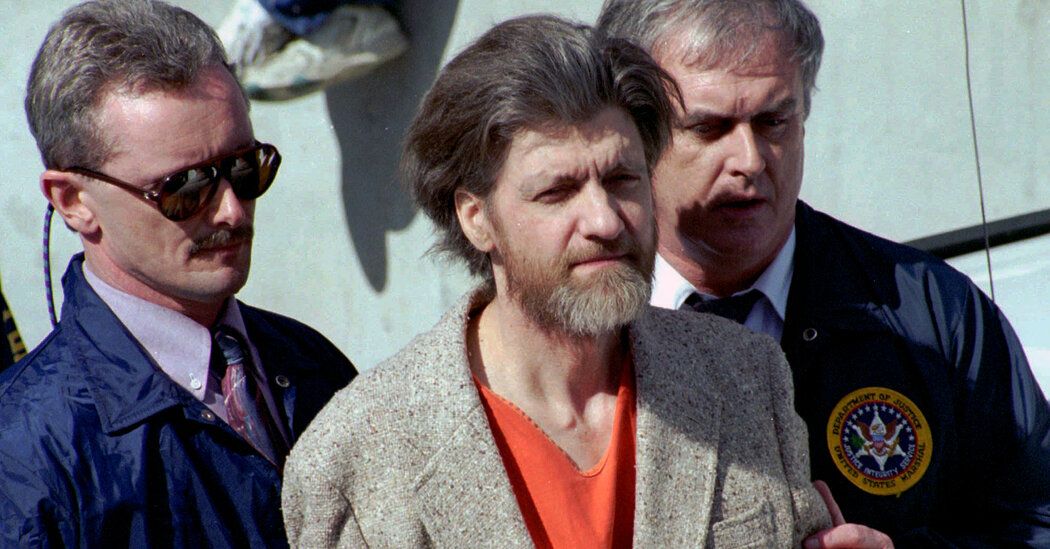Ted Kaczynski, ‘Unabomber’ Who Attacked Modern Life, Dies at 81
After he was captured by about 40 F.B.I. agents, the details of that ideology were less the subject of debate than the question of whether his crimes should be dignified with a rational motive to begin with.
Victims railed against commentators who took seriously a 35,000-word manifesto that Mr. Kaczynski wrote to justify his actions and evangelize the ideas that he claimed inspired them.
Psychologists involved in the trial saw his writing as evidence of schizophrenia. His lawyers tried to mounted an insanity defense — and when Mr. Kaczynski rebelled and sought to represent himself in court, risking execution to do so, his lawyers said that was yet further evidence of insanity.
For years before the manifesto was published, Mr. Kaczynski (pronounced kah-ZIN-skee) had no reputation beyond that of a twisted reveler in violence, picking victims seemingly at random, known only by a mysterious-sounding nickname with roots in the F.B.I.’s investigation into him: “the Unabomber.” It became widely publicized that some of his victims lost their fingers while opening a package bomb. Going through the mail, among the unconscious routines of daily life, prompted flickers of nervousness in many Americans.
After his arrest in April 1996, Mr. Kaczynski’s extraordinary biography emerged. He had scored 167 on an I.Q. test as a boy and entered Harvard at 16. In graduate school, at the University of Michigan, he worked in a field of mathematics so esoteric that a member of his dissertation committee estimated that only 10 or 12 people in the country understood it. By 25, he was an associate professor at the University of California, Berkeley.
Source: The New York Times


